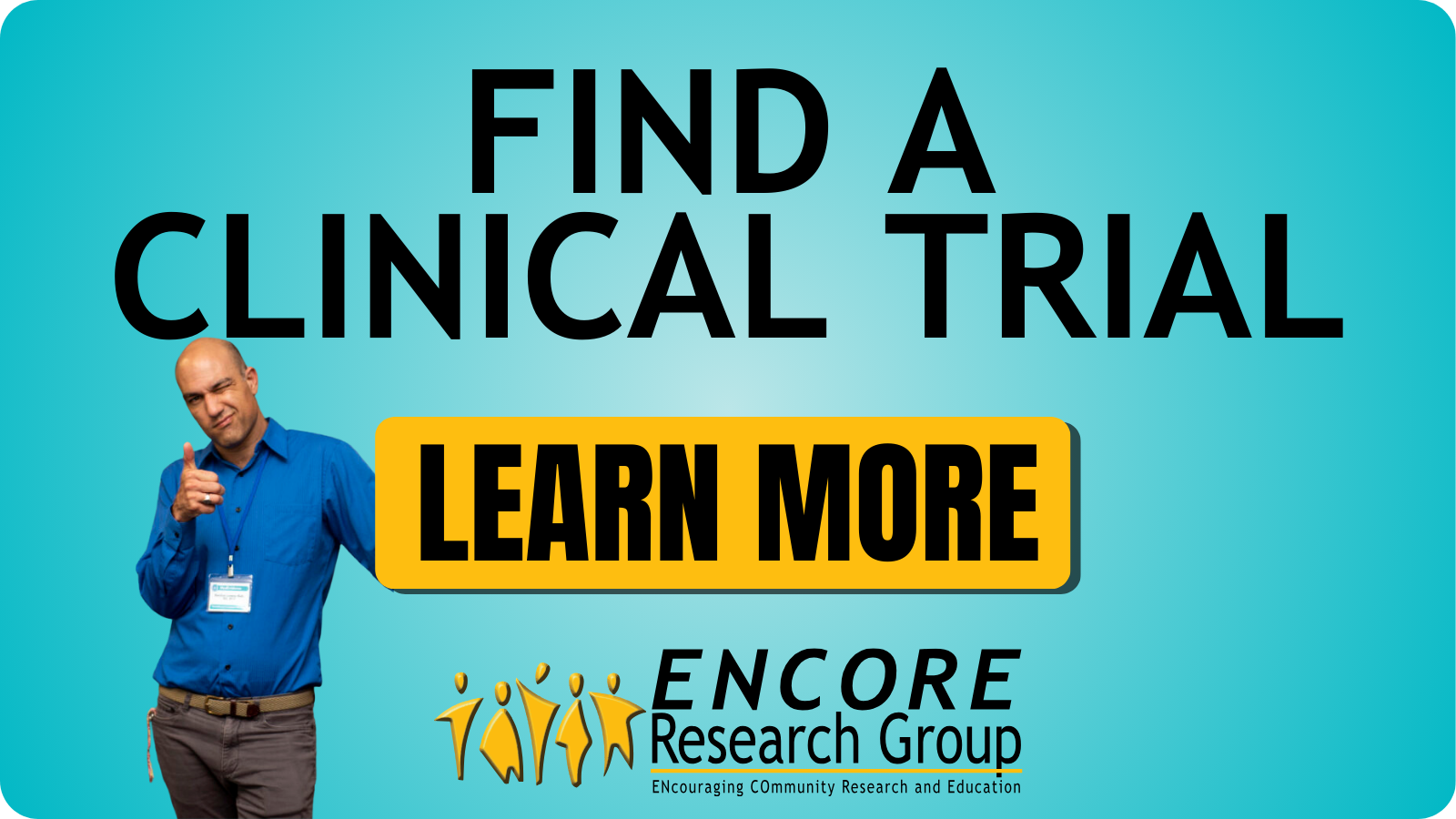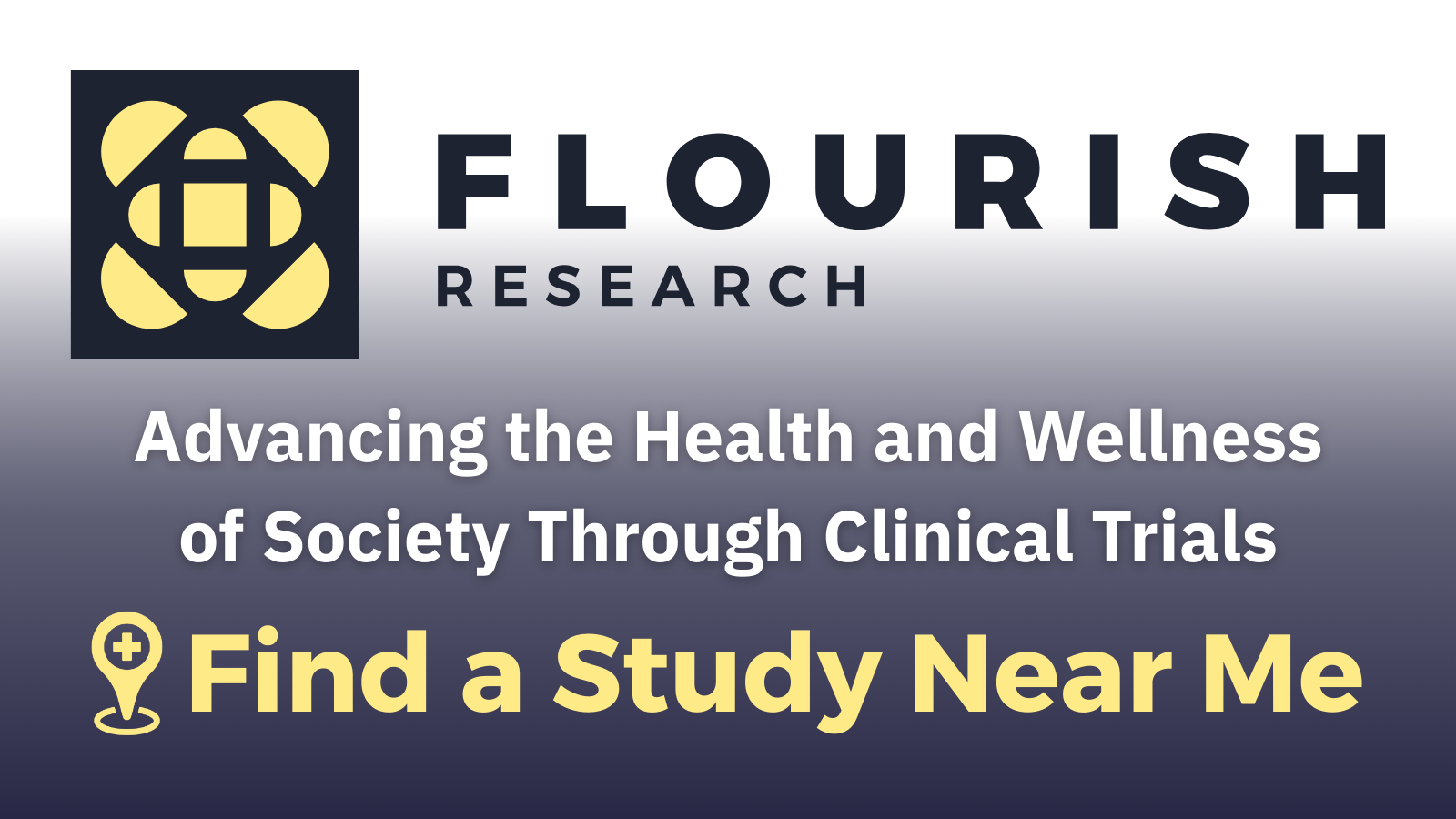Steering Treatments for Major Depressive Disorder

Our emotions and thoughts are dependent on the physical state of our brain and body. Think of it like a sailor (the helmsman) steering a large ship. The helmsman can control the ship by turning the wheel and telling others to trim the sails, deploy anchors, and redistribute weight. But when the winds roar, the seas rage, or the crew mutinies all the helmsman can do is hang on for the ride. Our conscious experience is very similar; we’re in control and self-determined, but only as long as the physical state of the body remains in balance. This can be easily experienced by trying to get work done outside in summer. Many of us get tired and cranky, just because it’s hot! Another example is trying to stay in control under the storm of depression.
Depression is a serious, common mental disorder. Around 21 million adults in the U.S. have major depressive episodes each year, with the highest rates amongst young adults, women, and multiracial Americans.[1,2] Depressive episodes are defined by a depressed mood and/or loss of interest or pleasure in previously preferred activities.[2] Additional symptoms include unexpected weight loss or gain, sleeping difficulties, fatigue, negative feelings, physical and mental problems, and thoughts of death.[2] When these symptoms cause distress, affect normal life, aren’t explained by other conditions (like substance use), and last for two weeks or longer, a healthcare specialist might give a diagnosis of Major Depressive Disorder (MDD).[2] Complications of MDD include heart and weight problems, social stigma, difficulty with employment and education, relationship issues, and an up to 20x increase in suicide risk.[2] It’s like when a sailboat is stuck in the doldrums; many people feel like they can’t do anything during a depressive episode.
Major depressive disorder is complex, much like a square-rigged ship, and the risk of disaster is a combination of the structural build and the environment. On a sailboat, the hull, sails, and lines are the structural build - much like biological susceptibility, which includes genetics, gene changes, brain structure, and brain function.[2] Environmental stressors for a ship include wind and wave height, while for a mind they include trauma, socioeconomic issues, health, behavior, and more.[2] When an unfavorable build meets overwhelming conditions, disaster can strike.
Major depressive disorder is associated with alterations in the body (systemic dysfunction) and brain (central dysfunction).[2] Systemic (body) dysfunction with MDD includes immune problems, gut issues, glandular changes, and epigenetics.[2] Central (brain) dysfunction includes changes to learning, brain structure, and how the brain cells communicate with each other.[2,3] Neurotransmitters (molecules like serotonin that brain cells use to talk) influence mood and reward systems. Disruptions to neurotransmitters may contribute to the psychological symptoms of depression.[2]
Treating major depressive disorder can be even more challenging than bringing a wayward wooden vessel under control. In addition to the technical and physical difficulties, many people also face significant social challenges.[2] Diet and exercise may help, along with SSRI (selective serotonin reuptake inhibitor) antidepressants.[2,3] Current treatments often have side effects, limited effectiveness, and are poorly tolerated by many people.[2,3] Cognitive behavioral therapy, a form of talk therapy, is frequently recommended.[2] Other therapies, such as electroconvulsive therapy and transcranial magnetic stimulation, are also being investigated.[2]
One of the most exciting new classes of therapies currently being studied in clinical trials is psilocin or psilocybin. Psilocybin is best known for being the psychoactive chemical in “magic mushrooms.” Psilocybin is a prodrug, meaning the body metabolizes it into the biochemically active psilocin.[4] Psilocin activates serotonin receptors.[4] Serotonin is the same neurotransmitter targeted by SSRI medications, but psilocin is non-selective, acts all over the brain, and causes very different effects.[4] Studies find that psilocin allows different parts of the brain to talk to each other and helps connect higher-order thinking across the brain.[3]
Downstream effects of psilocin include improved mood and social behavior, enhanced empathy, and a reduced impact of negative emotions such as fear and sadness.[5] Psilocybin and other psilocin prodrugs are not FDA approved and must be used under supervision and in a controlled setting. Under these conditions they have few adverse side effects, are non-addictive, and significantly improve depression scores compared to placebo.[5,6] For those with major depressive disorder, much like those on an out-of-control ship, the first move is to get out of a dangerous environment. Even then, more assistance might be needed, and taking a trip could help steer a person in the right direction.
If you or someone you know is having a depression crisis, call or text 988 for the Suicide & Crisis Lifeline.
Creative Director Benton Lowey-Ball, BS, BFA
|
Click Below for ENCORE Research Group's Enrolling Studies |
|
Click Below for Flourish Research's Enrolling Studies |
References:
[1] Substance Abuse and Mental Health Services Administration. (2019). Key substance use and mental health indicators in the United States: Results from the 2018 National Survey on Drug Use and Health. HHS Publication No. PEP19-5068, NSDUH Series H-54, 170, 51-58. https://www.samhsa.gov/data/sites/default/files/reports/rpt39443/2021NSDUHNNR122322/2021NSDUHNNR122322.htm#major
[2] Marx, W., Penninx, B. W., Solmi, M., Furukawa, T. A., Firth, J., Carvalho, A. F., & Berk, M. (2023). Major depressive disorder. Nature Reviews Disease Primers, 9(1), 44. https://www.nature.com/articles/s41572-023-00454-1
[3] Daws, R. E., Timmermann, C., Giribaldi, B., Sexton, J. D., Wall, M. B., Erritzoe, D., ... & Carhart-Harris, R. (2022). Increased global integration in the brain after psilocybin therapy for depression. Nature medicine, 28(4), 844-851.https://www.nature.com/articles/s41591-022-01744-z
[4] Ling, S., Ceban, F., Lui, L. M., Lee, Y., Teopiz, K. M., Rodrigues, N. B., ... & McIntyre, R. S. (2022). Molecular mechanisms of psilocybin and implications for the treatment of depression. CNS drugs, 36(1), 17-30. https://link.springer.com/article/10.1007/s40263-021-00877-y
[5] Kuypers, K. P. (2020). The therapeutic potential of microdosing psychedelics in depression. Therapeutic advances in psychopharmacology, 10, 2045125320950567. https://journals.sagepub.com/doi/full/10.1177/2045125320950567
[6] Metaxa, A. M., & Clarke, M. (2024). Efficacy of psilocybin for treating symptoms of depression: systematic review and meta-analysis. BMJ, 385. https://www.bmj.com/content/385/bmj-2023-078084.abstract




